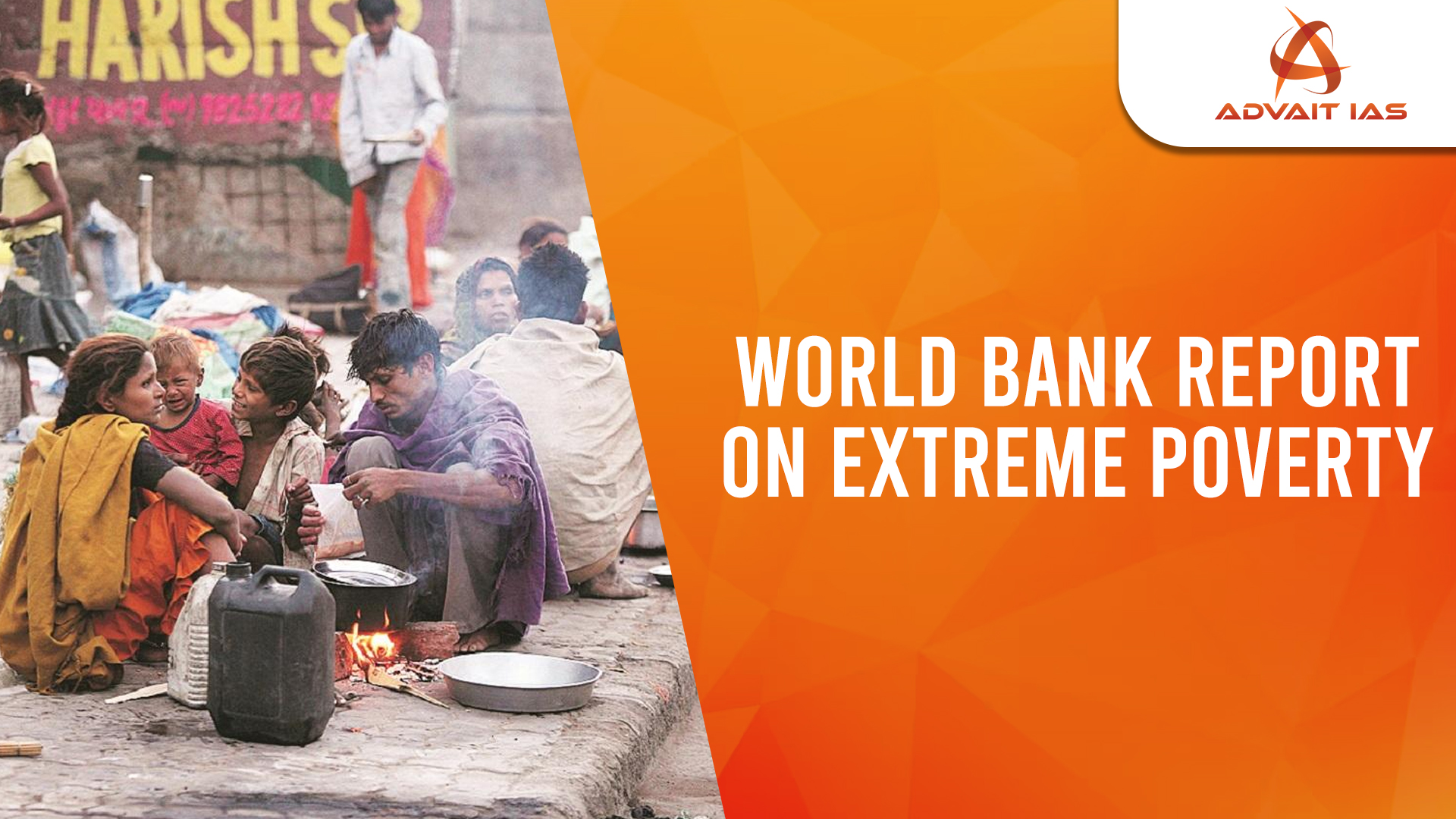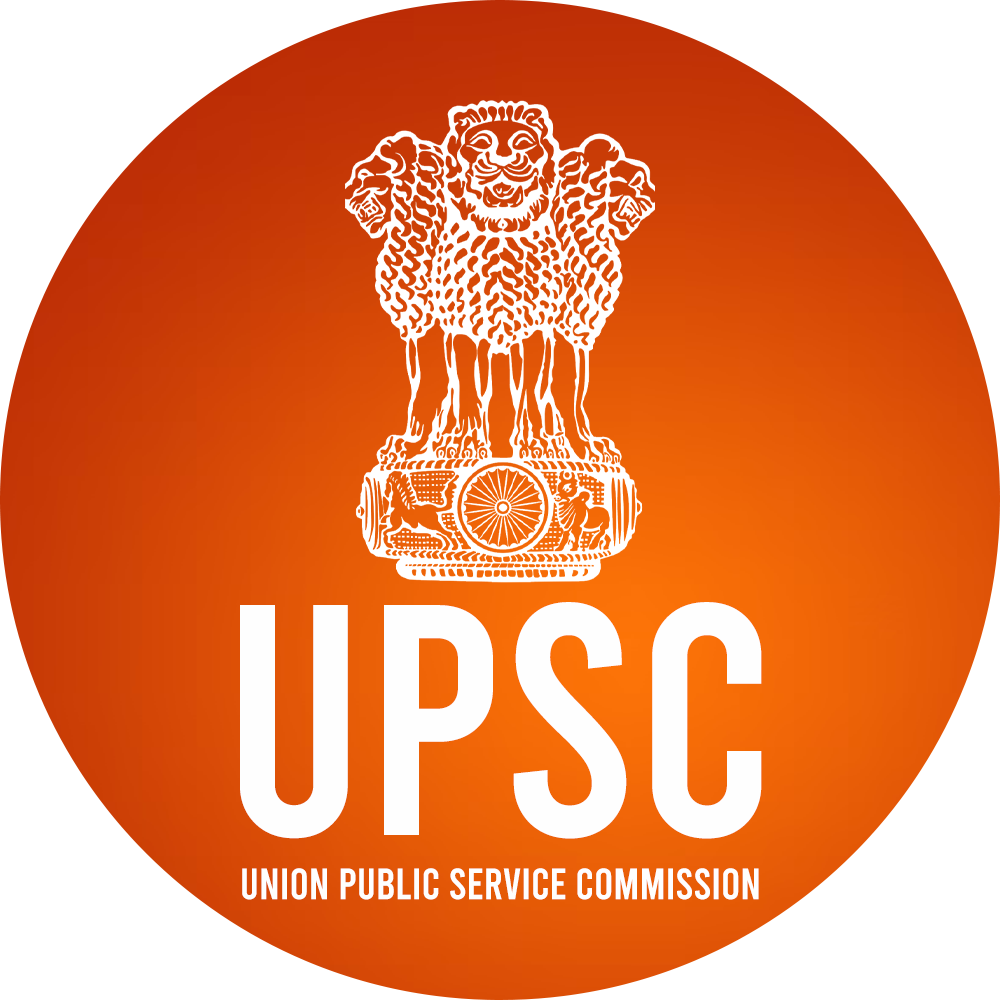- The World Bank reported that India’s extreme poverty fell dramatically from 1% in 2011–12 to 5.3% in 2022–23 using the revised $3/day (2021 PPP) benchmark.
- This reflects a major socio-economic transformation, with ~269 million people escaping extreme poverty in a decade.
Key Highlights of the report:
- Poverty Reduction (2011–2023):
- Extreme poverty rate: 1% → 5.3%
- People below poverty line: 344 million → 75 million
- Decline supported by improvements in consumption, health, education, and infrastructure access.
- State-Wise Impact:
- Uttar Pradesh, Maharashtra, Bihar, West Bengal, and Madhya Pradesh accounted for 65% of the extreme poor in 2011–12, but showed notable improvements.
Global Poverty Line Revision:
- New Thresholds (2021 PPP):
- $3/day: Updated international poverty line (replacing $2.15).
- $4.20/day: Revised Lower-Middle Income Country (LMIC) line (up from $3.65/day).
- Impact of Thresholds:
- $2.15/day: Poverty fell from 2% → 2.3% (2011–2022).
- $4.20/day: Poverty fell from 7% → 23.9% (2011–2022).
Demographic Disparities in Poverty:
- Rural vs. Urban (under $3.65/day line):
- Rural: 69% → 32.5%
- Urban: 5% → 17.2%
- Education-based Disparities:
- No formal schooling: 1% below poverty line.
- Post-secondary education: 9% below poverty line.
Multidimensional Poverty (MPI):
- Measures poverty in terms of health, education, and living standards.
- World Bank MPI: Fell from 8% (2005–06) to 15.5% (2022–23).
- NITI Aayog MPI:
- 2013–14: 17%
- 2022–23: 28%
- Major contributing factors: Access to sanitation, clean water, electricity, housing, and schooling.
Consumption Trends as a Supporting Indicator:
- Monthly Per Capita Expenditure (MPCE) (at 2011–12 prices):
- Rural: ₹1,430 → ₹2,079
- Urban: ₹2,630 → ₹3,632
- Indicates rising household consumption, a key driver of poverty reduction.
Key Government Interventions:
- Direct Benefit Transfers (DBT) and Digital Infrastructure enabled targeted delivery of subsidies and welfare.
- Major flagship schemes:
- PM Awas Yojana: Housing
- PM Ujjwala Yojana: Clean cooking fuel
- Jan Dhan Yojana: Financial inclusion
- Ayushman Bharat: Universal healthcare access
- Over 250 million people directly benefited from improved rural infrastructure and welfare schemes.
Challenges Ahead:
- Despite achievements, inter-group disparities persist (based on geography, education, caste).
- Human capital development and job creation remain critical.
- As of FY25, GDP is ~5% below pre-pandemic levels.
- Current Account Deficit expected to average 2% of GDP over FY26–28.
- External risks like global trade tensions may impact economic trajectory.
Full poverty data for FY 2023–24 to be released by World Bank’s Poverty and Inequality Platform (PIP) in October 2025. Emphasis must continue on inclusive growth, social equity, and resilient infrastructure.






